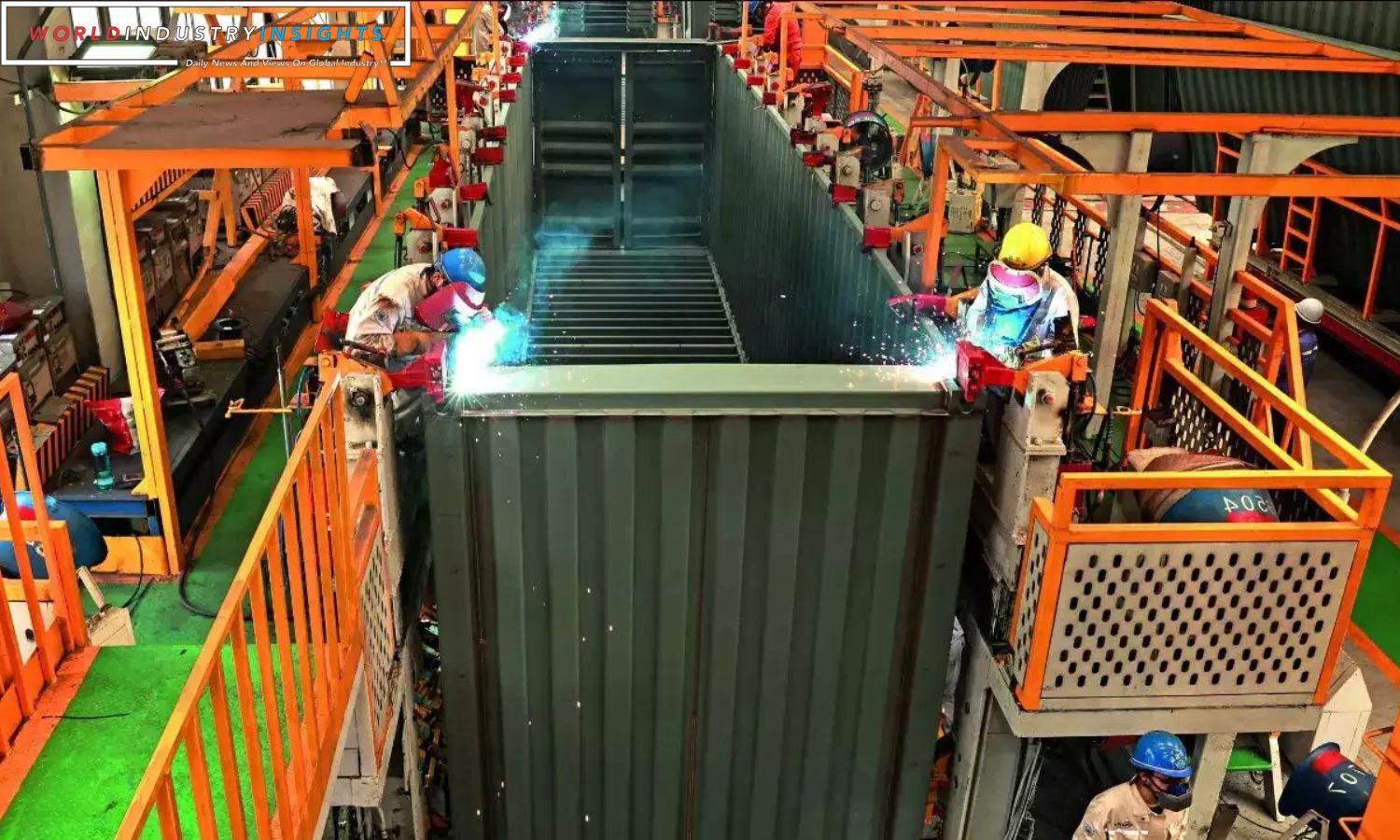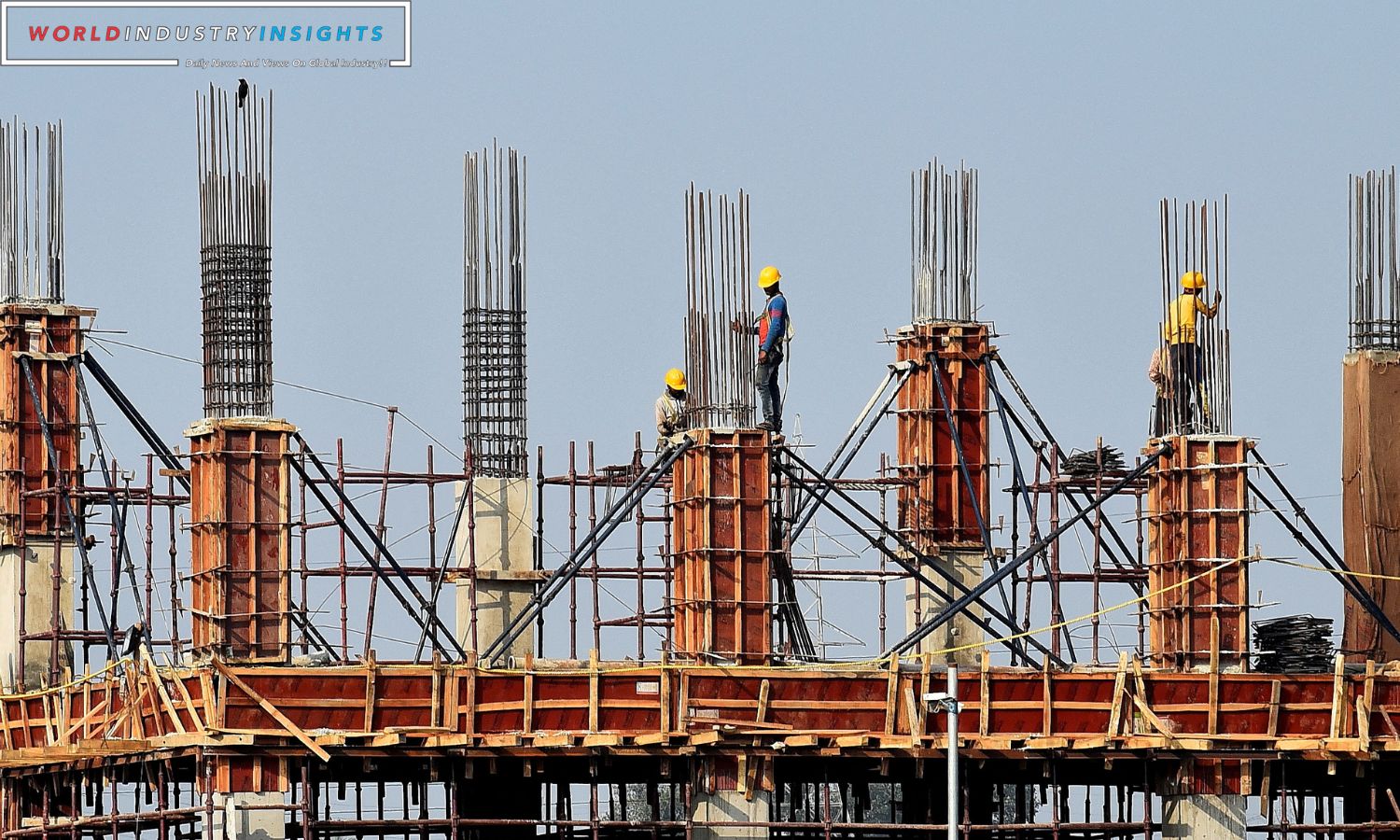Navigating China Economic Tapestry: In navigating the intricate landscape of China’s economic recovery post-COVID, the latest factory activity data for November provides a complex narrative that demands a closer examination. Two pivotal surveys, the Caixin/S&P Global manufacturing purchasing managers’ index (PMI) and the official PMI, present contrasting views, leaving analysts pondering the necessity for additional stimulus measures to shore up economic growth.
The Caixin PMI surprisingly rose to 50.7 in November from October’s 49.5, indicating a faster expansion and suggesting a more optimistic outlook for the manufacturing sector. In contrast, the official PMI fell to 49.4, indicating contraction. The 50-point mark serves as the boundary between growth and contraction, and the divergence in these two influential indicators underscores the intricacies of China’s economic trajectory.
China’s struggle to achieve a robust post-pandemic recovery is evident in factors such as an ailing housing market, risks associated with local government debt, and sluggish global growth. These challenges have placed significant pressure on factory owners, grappling with high input costs, overcapacity, soft demand, and the authorities prioritizing rescue efforts in other segments of the economy.
It’s essential to note that the official and Caixin surveys have different sample focuses. The Caixin PMI zeroes in on export-oriented enterprises and small- to medium-sized enterprises in the coastal region, offering a nuanced perspective that may differ from the broader official PMI.
Also Read: China Economic Landscape: Calls for New Theories to Boost Private Sector Confidence
Sheana Yue, a China economist at Capital Economics, points out that while the average of the two surveys might suggest that factory activity remained largely unchanged, practical implications could differ. Hard data, she notes, has demonstrated more resilience compared to survey-based measures in recent times. The economic landscape in China is running at varying speeds across industries, and the policy stance is expected to remain proactive to sustain overall growth momentum in the coming quarters, as noted by economists at HSBC.
The Caixin survey’s positive data is supported by the swiftest rise in new orders received by Chinese goods producers since June. However, the official survey presents a different picture, with new orders slipping back into contraction. This stark difference underlines the challenges in the manufacturing sector, where pessimism has become entrenched, especially evident in the prolonged contraction in the official PMI.
Weak external demand remains a crucial factor affecting factory activity in both surveys, with the new export index signaling contraction for the fifth consecutive month in the Caixin survey and the ninth month in the official one.
Despite Chinese President Xi Jinping‘s recent call for closer integration and support for industries during his visit to the Yangtze River Delta region, factory owners remain cautious. The priority, according to Dan Wang, chief economist at Hang Seng Bank China, lies in containing local government debt risks and addressing concerns posed by regional banks.
The persistence of payroll cuts in the manufacturing sector, observed for the third month in the Caixin survey and the ninth month in the official PMI, adds to the complexities. As China grapples with these challenges, finding the right balance in policy decisions becomes crucial to navigating the intricate road ahead.
Our Reader’s Queries
What are the 4 most important projects for economic growth in China’s overall strategy?
China is focusing on five key areas for reform. Firstly, they are implementing new macroeconomic policies to stabilize growth in the short term. Secondly, they aim to transform the economic growth pattern to increase consumption. Thirdly, they are working to improve competition and allow the market to play a more prominent role, encouraging private sector involvement. Fourthly, they are promoting innovation and technological advancements. Lastly, they are working to improve the social welfare system and reduce inequality. These reforms are crucial for China’s continued economic development and success.
What is the Chinese style economic system?
Since 1949, China has been a socialist country where the government has had a significant influence on the economy. This has been particularly evident in the industrial sector, where the state has owned the majority of firms responsible for China’s manufacturing output.
What is the Chinese economic miracle?
China’s economic growth skyrocketed thanks to the reforms implemented by the CCP over the past few decades. In fact, China’s nominal GDP surpassed Japan’s in 2010, making it the world’s second-largest economy. And in 2016, China overtook the United States to become the world’s largest economy by GDP (PPP). The market reforms were carried out in two stages, and their success has been nothing short of remarkable.
When did China’s economic boom start?
China’s transformation from one of the poorest nations to one of the world’s largest economies is unparalleled in history. Since the 1980s, China has been the world’s fastest-growing economy, with an impressive average annual growth rate of 10% from 1978 to 2005, according to government statistics. This remarkable speed of development is a testament to China’s unwavering commitment to progress and innovation.


